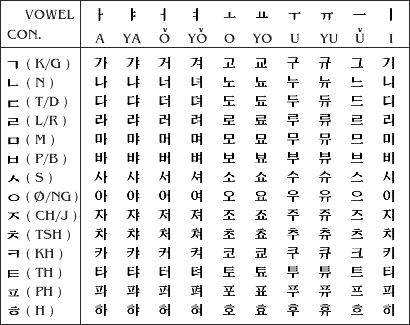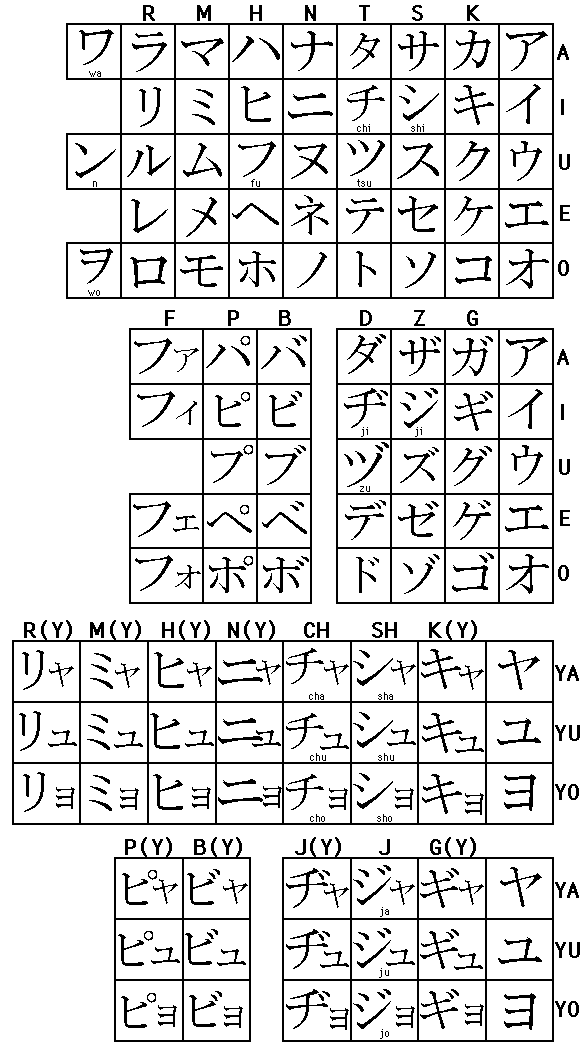
Summary of writing systems:The scripts used by the SE Asia region vary greatly as do the languages. This section will deal with the somewhat related scripts of China, Japan, and Korea. I am no expert in these languages and do not speak any pf these languages. Any help by a native speaker or knowledgeable person would be appreciated. Thank you to Xinxin for providing me with much needed corrections.
Many mutually unintelligible dialects (or more correctly, languages) are spoken in China, but they are all written the same. So, the character for fish maybe pronounced 'chang' somewhere and 'yu' somewhere else, but they both mean fish. Every Chinese word then has a character or uses more than one character - that originally represents the concept but now represents the word and a phonetic element - these characters are called hanzi. So, two systems were developed to write Chinese phonetically to be "easier" for others. The most popular is called pinyin which uses the Roman script (English) to write Chinese words. A system called bopomofo also was developed - it uses it's own character set to write words phonetically using serparate consonants and vowels like in English. Bopomofo isn't used much beyond first of second grade in Taiwanese schools. So bopomofo works like an alphabet, not like a syllabary like in Japanese or, for the most part, Korean. Which brings us to our next topic. Japanese borrowed and slightly modified the Chinese hanzi and called them kanji. So, Japan also developed systems for writing words strictly by their sounds. Kana, as they called it, was developed in the 9th century. The two kinds of kana are hiragana and katakana. Hiragana is used to write native Japanese words and affixes to kanji - the script is cursive and flowing. While katakana is used to write foreign words and for emphasis. Katakana is more angular. Korean also borrowed Chinese characters and called them hancha or hanja. Korean developed their own script in the 1400's - called hangul. It is very simple in that the consonants and vowels combine in a regular fashion (you'll see what I mean). The limitation to katakana and hiragana is that each consonant is always followed by a vowel (except for 'n'). For example - there is no letter 't' by itself - it has to be 'ta', 'to', 'te', etc. So one could not exactly write the word 'boat' instead you would have to write bo-ta or bo-tsu or something like that. Enjoy!










